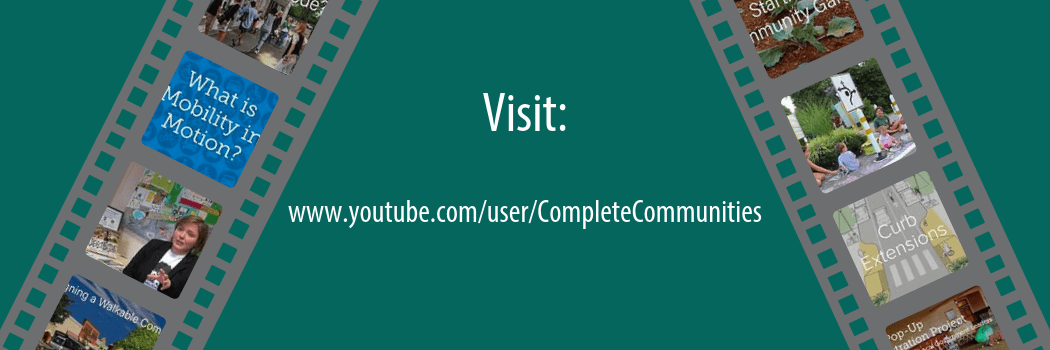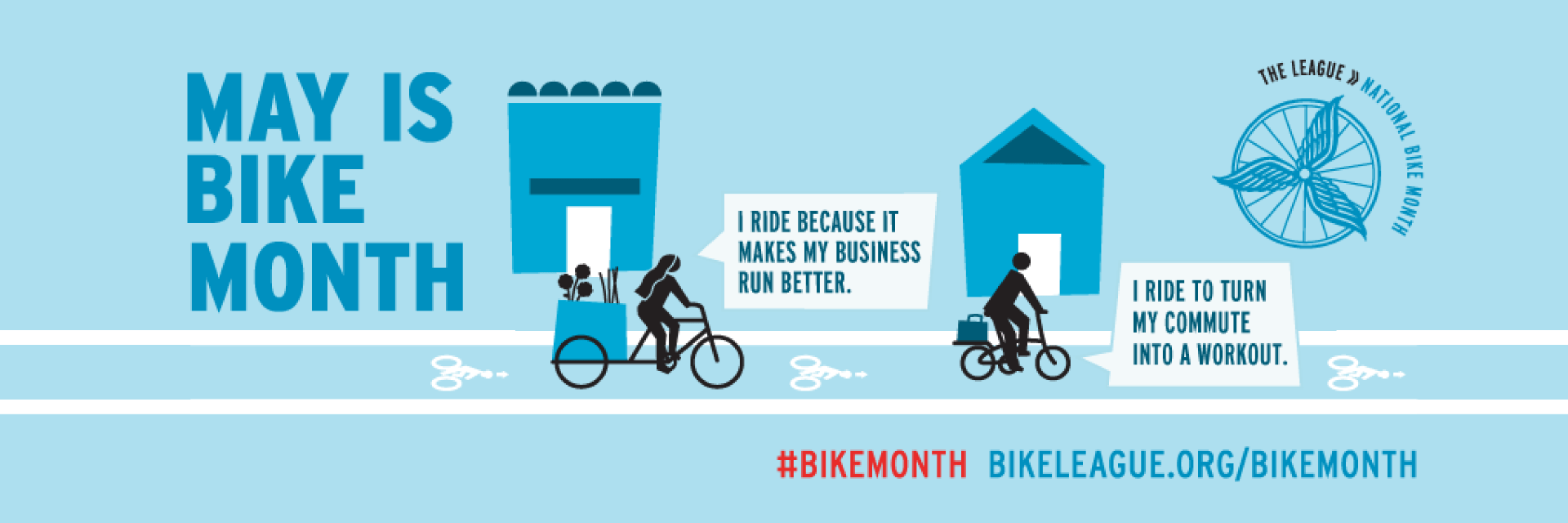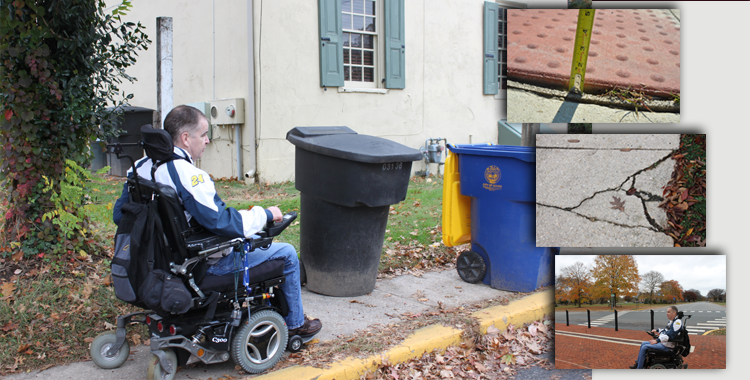
by allyem | Jul 11, 2019 | News, Toolbox
Explore the Complete Communities YouTube Channel for visually engaging tools to help you plan for communities that are attractive, inclusive, efficient, healthy, and resilient places. Check out our playlists for video series that feature interesting topics. Get to...

by allyem | Jun 13, 2019 | News, Toolbox
In celebration of Bike Month riders are coming together throughout the state to celebrate cycling. View this spark page for more information about events in your area.
by Sarah Marshall Pragg | Mar 10, 2017 | News, Toolbox
IPA Policy Scientist Marcia Scott and Public Administration fellow Savannah Edwards (MPA ’17) presented a poster at the 96th Annual Meeting of the Transportation Research Board (TRB) in Washington, D.C. on January 9 and 10, 2017. TRB Session 697, “Current Issues in...
by Sarah Marshall Pragg | Mar 10, 2017 | News, Toolbox
Delaware’s municipalities are increasingly being asked to focus much of their attention on the state’s expected new growth and development. Municipalities must make difficult decisions that can have long-lasting impacts on the community’s character, economy, and...
by Sarah Marshall Pragg | Mar 10, 2017 | News, Toolbox
Enacted by the Delaware General Assembly in 2014, the purposes of the Downtown Development Districts Act (the Act), are to: Spur private capital investments in commercial business districts and other neighborhoods; Stimulate job growth and improve the commercial...

by Sarah Marshall Pragg | Aug 2, 2016 | News, Toolbox
This video, entitled Creating ADA-Accessible Communities, highlights Americans with Disabilities Act (ADA) accessibility issues within pedestrian environments. The video features DelDOT ADA Title II Coordinator John McNeal using a Go-Pro camera to record, from his...





